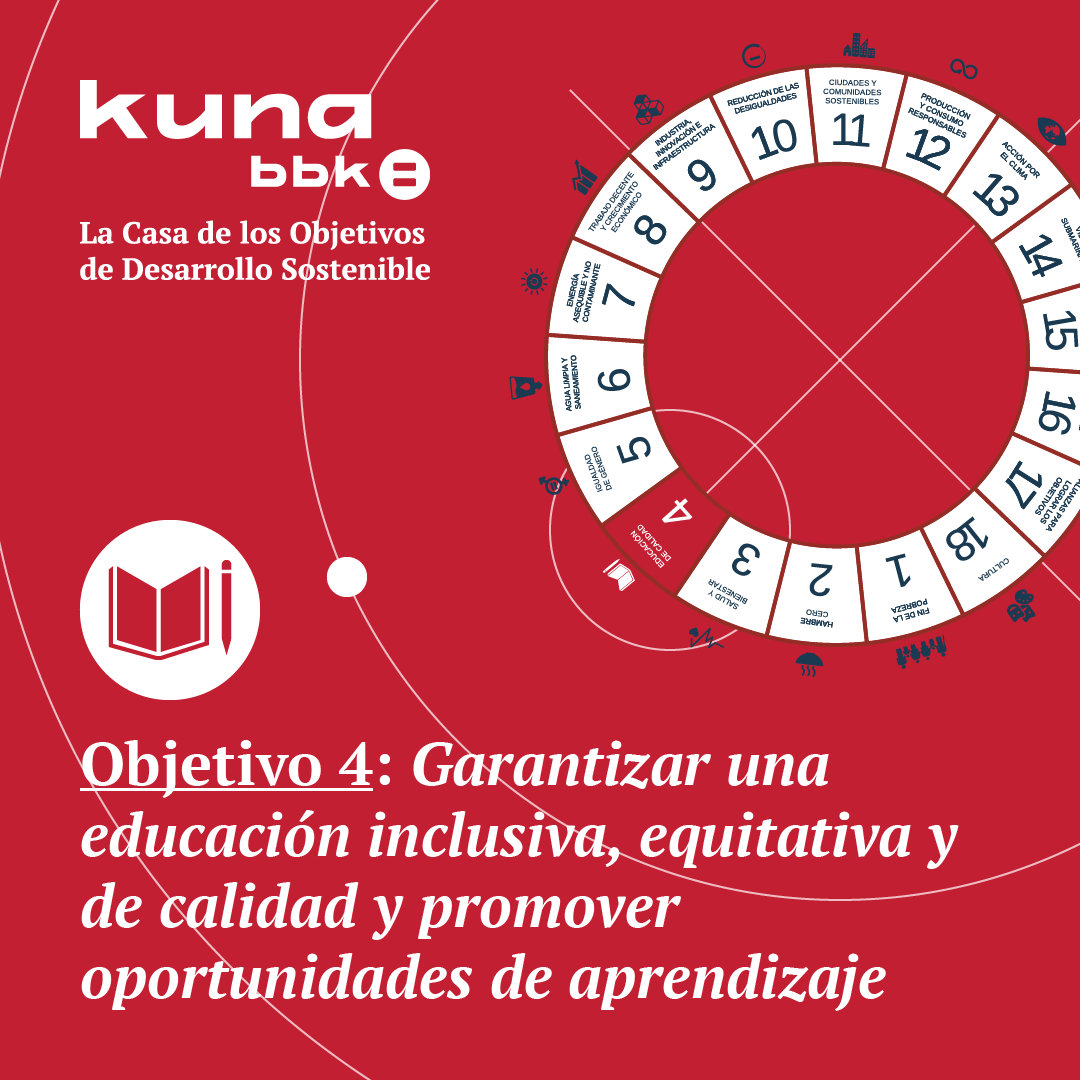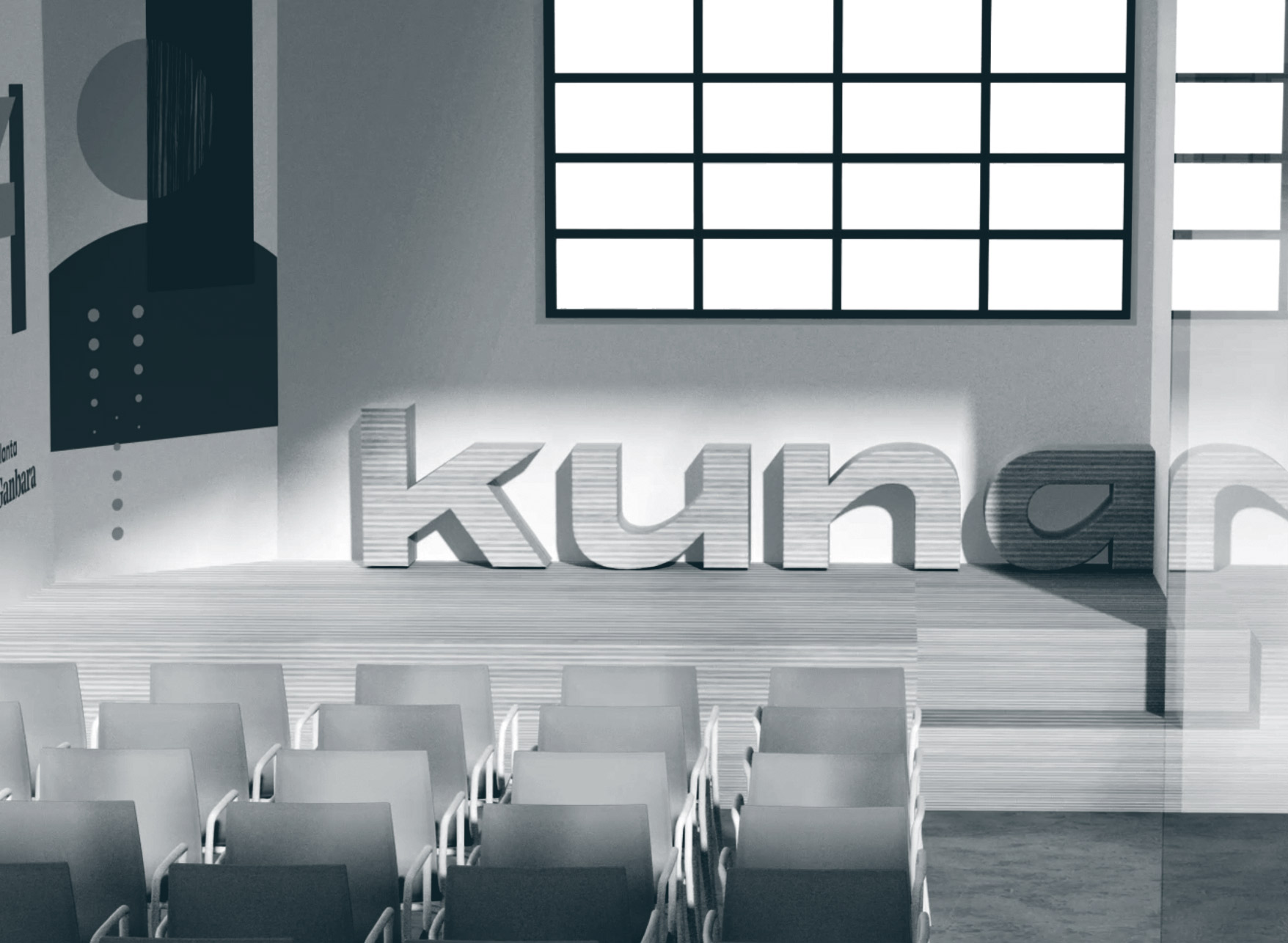
SDG4: ensure inclusive and equitable quality education to overcome poverty
SDG4 is one of the 17 overall goals (Sustainable Development Goals) the United Nations wishes to achieve by 2030. These should be understood from a broad and cross-sectional perspective, since they overlap with each other. As a result, the improvement of one of these will have a beneficial effect on others, such as the eradication of poverty, peace, etc.
What is SDG4?
This SDG proposes to ensure inclusive and equitable quality education, as well as promote the utmost learning opportunities for all.
What does this mean?
In 2018, about 260 million children were not part of the education system of their respective countries and half of them live in conflict areas. The pandemic further compounded these figures, since many were left out because they lacked the economic and digital resources to continue with their education. As a result, the education gap and the risk of social exclusion increased in all countries, including Spain.
Below is a breakdown of the dimensions covered by this education perspective:
- It ensures primary education as well as adult education.
- It aspires to strengthen gender equality and equity and become a tool for social inclusion.
- It advocates effective and relevant learning, allowing to gain the necessary knowledge, competencies and skills.
What are its inspiring principles?
On the one hand, education is a human right which, in addition, enables people to achieve self-realization and independence. Therefore, countries must ensure access in a free and equal manner. On the other hand, it shouldn’t be mistaken with literacy. The United Nations goes much further. It seeks to contribute to critical and creative thinking, using collaborative tools in order to promote mutual understanding, respect and friendship.
Lastly, it is the perfect instrument for achieving real gender equality in the future and empowerment for all.
What are the specific proposals of SDG4?
These are summarised in the following points:
- 12 years of free and compulsory education, between primary and secondary education.
- One year of quality pre-school education, with suitably trained teachers.
- Remove access biases, between men and women, to vocational, technical and tertiary education. The latter includes access to university.
- Encourage relevant training, with the focus on employment, for access to decent jobs and entrepreneurship.
- Eliminate all inequalities, gender as well as ethnic, social or those derived from physical or intellectual disabilities.
- Achieve maximum adult literacy.
- Include sustainable development and global citizenship in formal education. This includes human rights, the culture of peace and interculturality.
What can you do to achieve SDG4?
Keep in mind, after all that has been explained, that the financing of education must become a priority of state and autonomous investment. Measures such as being free and compulsory, increasing the number of teachers, improving facilities and the digital transformation are essential.
For this reason, it is crucial to demand from the different Governments to place education where it belongs, with content and a theoretical and practical itinerary. Thus, between us all, we can put pressure on them to take action and meet the commitments undertaken. Primary and secondary education should be free for everyone and, in particular, for the most vulnerable groups.
You can also contribute to the work being developed in this direction in developing countries by many NGOs.
SDG4 is one of the most relevant pillars to ensure a better future. It is based on a broad concept of education and free access to it for all.
